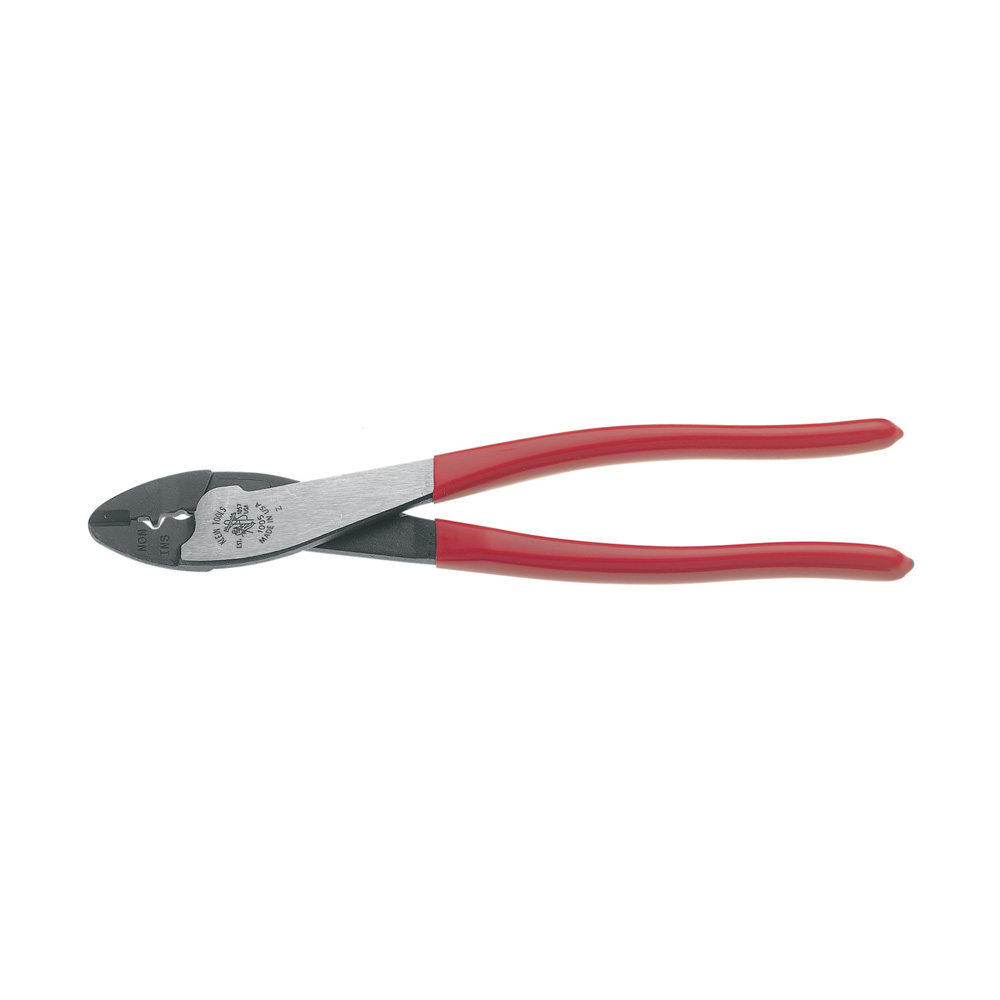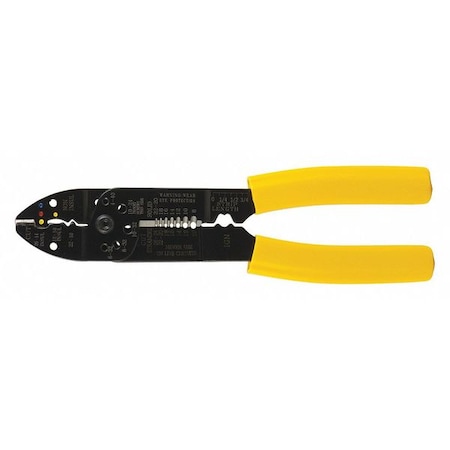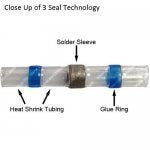I understand that soldering is a more efficient way of bonding 2 wires together rather than using butt connectors to mend 2 wires together, but for those that cant solder, using butt connectors would be the only obvious choice.
But, I was wondering, does it make a big difference, and is it okay, if I wanted to solder the wires from the amp harnesses front and rear output speaker harness to the front pods opposite end red and black wires?
Should I do it or no?
But, I was wondering, does it make a big difference, and is it okay, if I wanted to solder the wires from the amp harnesses front and rear output speaker harness to the front pods opposite end red and black wires?
Should I do it or no?











